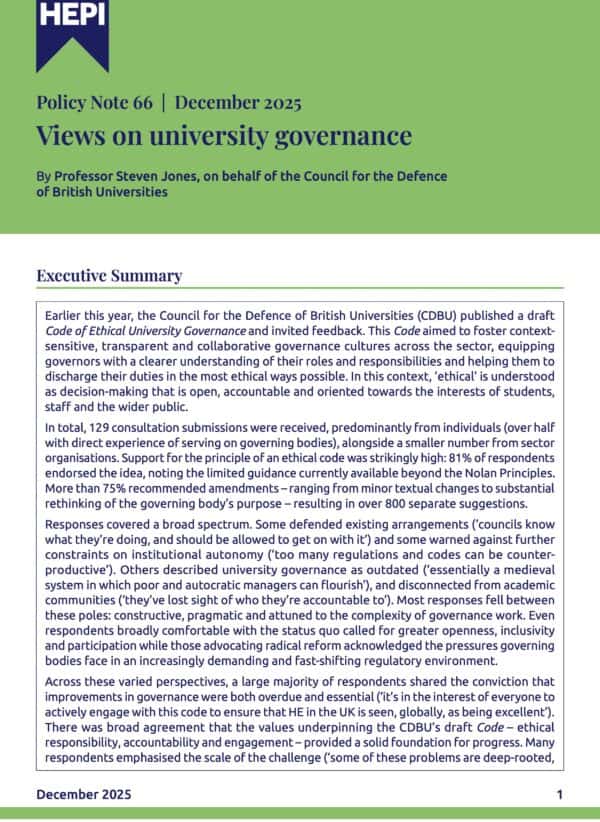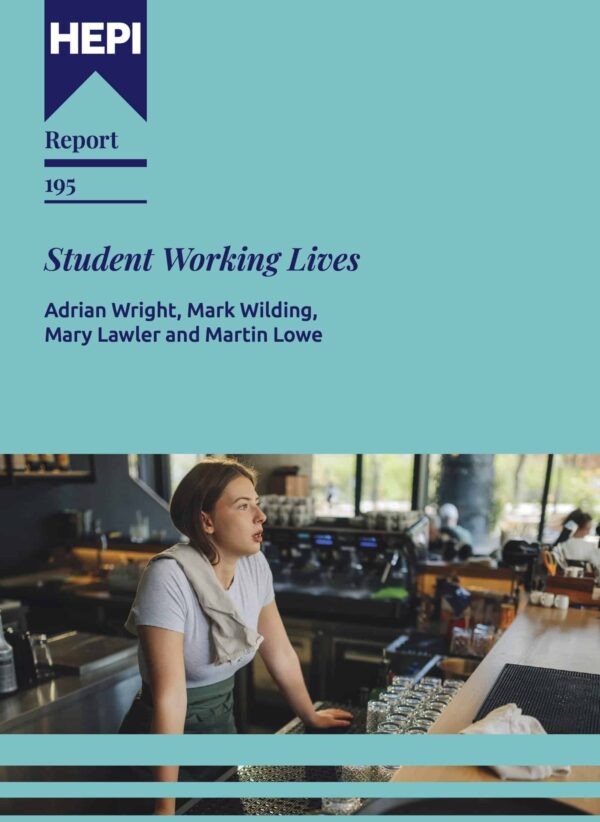Report Cards, Reshuffles, and Resilience: What Ofsted’s new model could mean for higher education
This blog was kindly authored by Dr. Ismini Vasileiou, Associate Professor at De Montfort University.
The UK Higher Education sector is at a crossroads. With the government’s skills agenda being reshaped, institutions under growing financial pressure, and the first-ever merger between two English universities announced, the landscape is shifting faster than many had anticipated. Into this mix comes Ofsted’s new Report Card for Further Education & Skills (September 2025), which introduces a sharper accountability framework for further education providers.
The report card grades institutions across areas such as Leadership & Governance, Inclusion, Safeguarding, and Contribution to Meeting Skills Needs. At programme level, it assesses Curriculum, Teaching & Training, Achievement, and Participation & Development against a tiered scale ranging from Exceptional to Urgent Improvement.
While this is designed for further education and skills providers, its arrival raises an uncomfortable but necessary question for universities: what if higher education were graded in the same way?
The case for simplicity and transparency
Universities are already subject to layers of oversight through the Office for Students (OfS), the Teaching Excellence Framework (TEF), the National Student Survey (NSS), and graduate outcomes data. Yet, as I noted in the recent Cyber Workforce of the Future white paper, these mechanisms often appear fragmented to policymakers and incomprehensible to the public.
By contrast, the further education report card is direct. A parent, student, or employer can understand at a glance whether a provider is exceptional, strong, or in urgent need of improvement. Were higher education to adopt a similar model, judgments might cover:
- Leadership & Governance: financial resilience, strategic direction, governance quality.
- Inclusion: widening participation, closing attainment gaps, embedding equity strategies.
- Safeguarding/Wellbeing: provision for student welfare, mental health, harassment and misconduct.
- Skills Contribution: alignment with regional economic needs, national priorities in AI and cybersecurity, and graduate employment outcomes.
At the programme level, Achievement and Participation could map onto retention, progression, and graduate success, offering students and employers a clear view of performance.
Risks and rewards for higher education
Of course, importing a schools-style accountability regime into higher education carries risks. Universities are not homogeneous, and reducing their diverse missions to a traffic-light system risks oversimplification. A specialist arts institution and a research-intensive university might both be rated ‘Needs Attention’ on skills contribution, despite playing very different roles in the national ecosystem.
There is also the danger of gaming the system: universities optimising for ratings rather than long-term innovation. And autonomy, long a cornerstone of higher education, would be at stake.
Yet there are potential rewards. Public trust in higher education has been under strain, with questions over value for money and financial viability dominating the narrative. Transparent, comprehensible reporting could rebuild confidence and demonstrate sector-wide commitment to accountability. It could also strengthen alignment with further education at a time when government is explicitly seeking a joined-up skills system.
A shifting policy landscape
The September 2025 government reshuffle underscores why this debate matters. The resignation of Angela Rayner triggered a wide Cabinet reorganisation, with skills responsibilities moving out of the Department for Education and into a new ‘growth’ portfolio under the Department for Work and Pensions, led by Pat McFadden. This shift signals that some elements of skills policy are now seen primarily through an economic and labour market lens.
For Higher Education, this presents both challenges and opportunities. As argued in Bridging the Skills Divide: Higher Education’s Role in Delivering the UK’s Plan for Change, universities must demonstrate that they are not just centres of academic excellence but engines of workforce development, innovation, and regional growth. A report-card style framework could make these contributions more visible, but only if universities are part of its design.
Structural Change: The Kent–Greenwich merger
The announcement that the Universities of Kent and Greenwich will merge in autumn 2026 to form the London and South East University Group is a watershed moment for the sector. It is the first merger of its kind in England, driven by financial pressures from declining international student enrolments, static domestic fees, and mounting operational costs.
The merged entity will serve around 28,000 undergraduates, retain the identities of both institutions, and be led by Greenwich Vice-Chancellor Professor Jane Harrington. Yet concerns remain. The University and College Union (UCU) has warned that ‘this isn’t a merger; it is a takeover’ and called for urgent reassurance on staff jobs and student provision.
In a system with Ofsted-style ratings, such a merger would be scrutinised not just for its financial logic but also for its impact on governance, inclusion, and skills contribution. A transparent rating system might reassure stakeholders that the merged institution is not only viable but also delivering quality and meeting regional needs.
Building on skills agendas
National initiatives like Skills England, the Digital Skills Partnership, and programmes such as CyberLocal demonstrate how higher education can contribute to workforce resilience at scale. The Ofsted report card reinforces this agenda. Its emphasis on contribution to meeting skills needs aligns directly with the notion that higher education must play a central role in the UK’s skills ecosystem, not only through degree provision but through continuous upskilling, regional collaboration, and adaptive curricula.
Shaping the framework before it shapes us
Ofsted’s further education report card is not just an accountability mechanism; it is a signal of where education policy is heading, toward clarity, comparability, and alignment with skills needs.
For higher education, the choice is stark. Resist the model and risk having it imposed in ways that do not fit the sector’s diversity. Or lead the design, shaping a framework that balances accountability with autonomy, and skills with scholarship.
As Universities confront financial pressures, policy reshuffles, and structural change, one thing is clear: the sector cannot afford to sit this debate out. The real question is not whether Higher Education should be graded, but what kind of grading system we would design if given the chance.







Comments
Jonathan Alltimes says:
Most of the metrics proposed for FE are not relevant for students. It could be of use for prospective employers who partner for training with FE. The universities should resist and reverse the use of metrics and instead rely on qualitative reports using historical examples. No to the idea and language of statistical process control.
Reply
Add comment